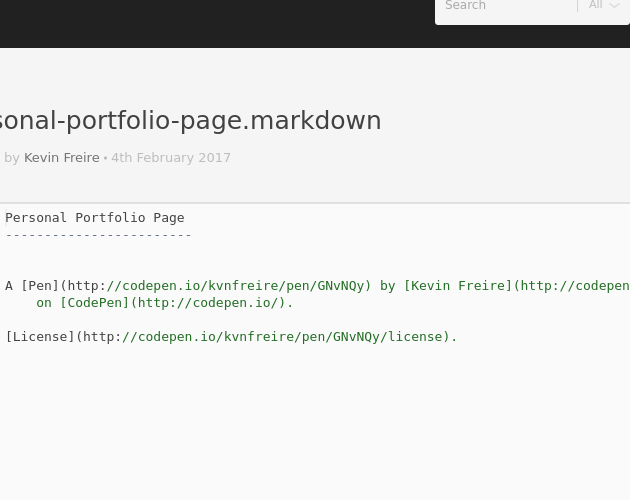

#Macdown pagebreaks free
I don’t have nearly enough money to match Chen Luo’s purposed offer, but I do have my own pocket of tricks and some free time. No suitable offers surfaced (I honestly do not think there will be, either), and I decided that instead of waiting for others to do something about this, I should act myself. It came as a great shock when Chen Luo announced that he felt he could not actively continue the development, and wished to sell the ownership of Mou. I write Markdown all the time, and since I use macOS on a daily basis, Mou is my go-to editor whenever I wish to generate something with markup.
#Macdown pagebreaks code

run pandoc against the combined markdown file to convert it into docx format.the trick here is to insert a separator ( \n\nĮwpage\n\n) between the individual markdown files that pandoc can interpret as a block paragraph containing only a page-break.use jq and the github gist api to produce a file containing the combined markdown.Write some bash that combines all of the gist's markdown files into a single markdown file and use pandoc to transform the markdown into docx format that can be uploaded as a google doc.
#Macdown pagebreaks pdf
i wanted a way to transform the same markdown files into a hosted google doc that has built in docx and pdf output formats. i have a react app that transforms these markdown files into an html web page. I have a github gist containing markdown files. it was my first foray into haskell and i'm pleased to say that i am now standing next to a completely bald yak ¹. Thanks for this! i went down this rabbit hole today. !searchin/pandoc-discuss/pagebreak/pandoc-discuss/FzLrhk0vVbU/GtSHaI0jddAJ Note that implementing a native pandoc pagebreak element as inline is more general than a block element, since the block element can always be simulated by wrapping an inline in an otherwise empty paragraph.įinally, from the perspective of markdown, I would probably use something like : see this thread for some hints on setting up a filter for pagebreaks in docx output: The pandoc AST already has inline LineBreak and SoftBreak elements and one possible implementation would be to replace them with an inline Break element that has an attribute type=line, type=soft, type=page, type=column etc. On the other hand, in more imperative document models (ODT, docx, etc), pagebreak usually seems to be an inline element. In some restructured-text processors, a pagebreak can apparently also be achieved by a block level directive. As has been noted, these can only be applied to block level elements and the intended usage is to apply them to headers or section divs. Some observations on how different formats handle page breaks:įrom the perspective of HTML/CSS, page breaking is about layout, not structure, and is thus implemented in CSS (with the page-break-before and page-break-after properties, as supported by wkhtmltopdf – note that they might be superseded by break-before and break-after but browser support is not forthcoming).


 0 kommentar(er)
0 kommentar(er)
